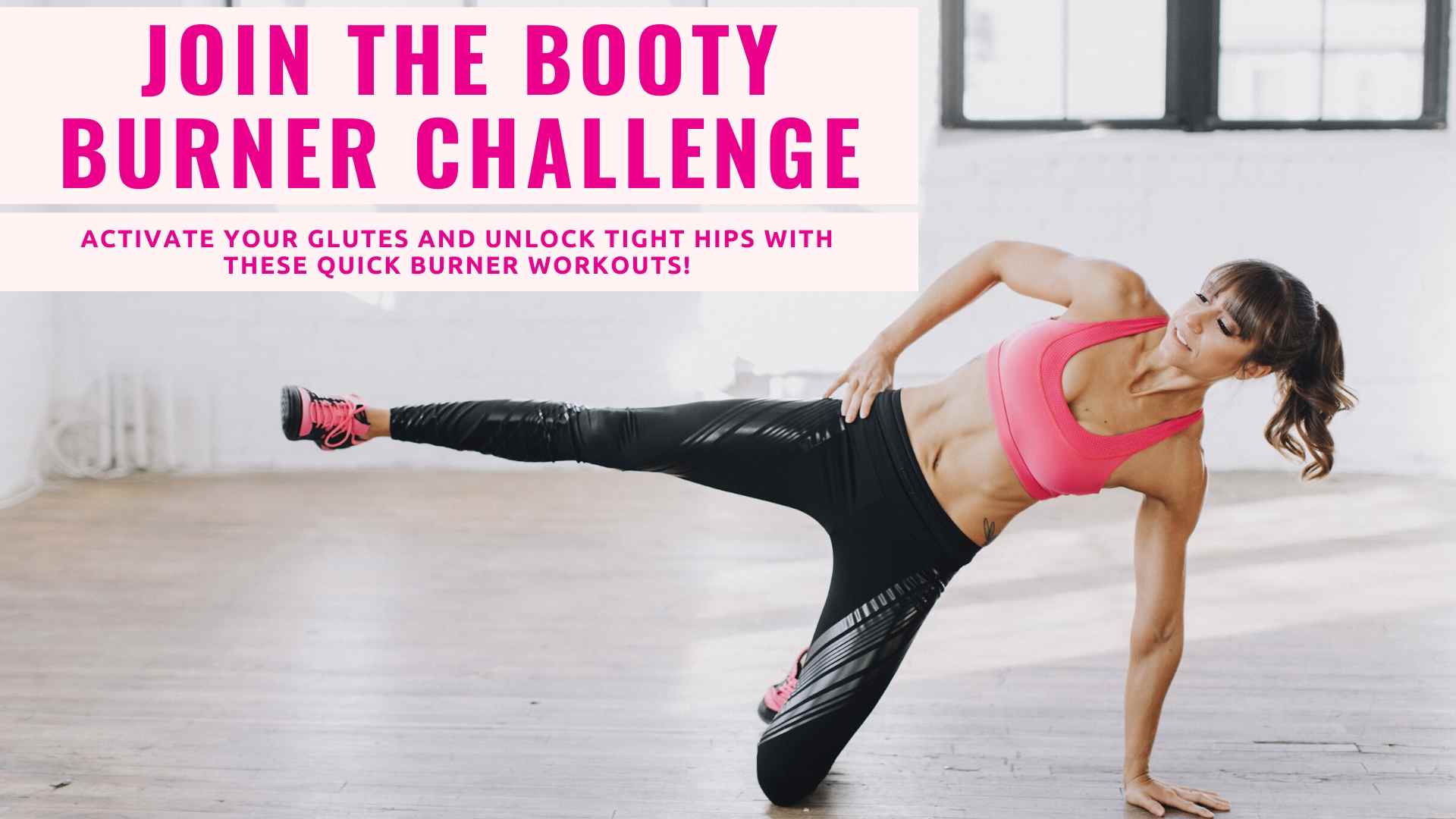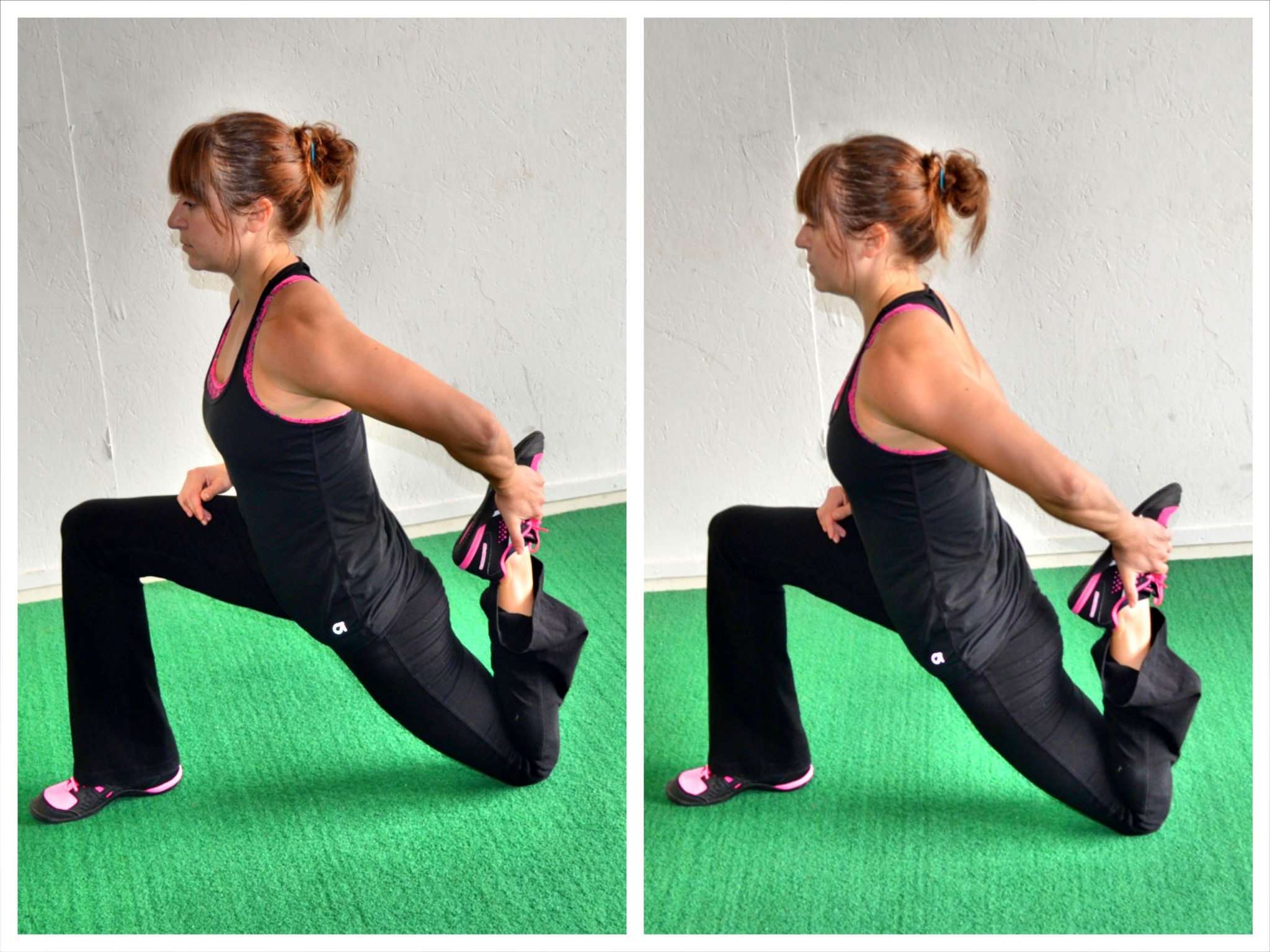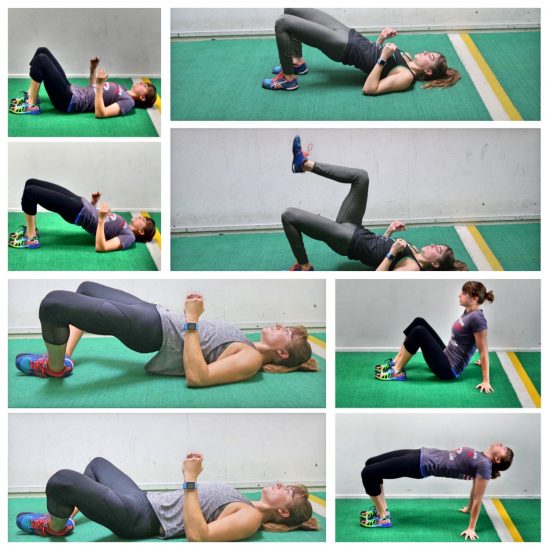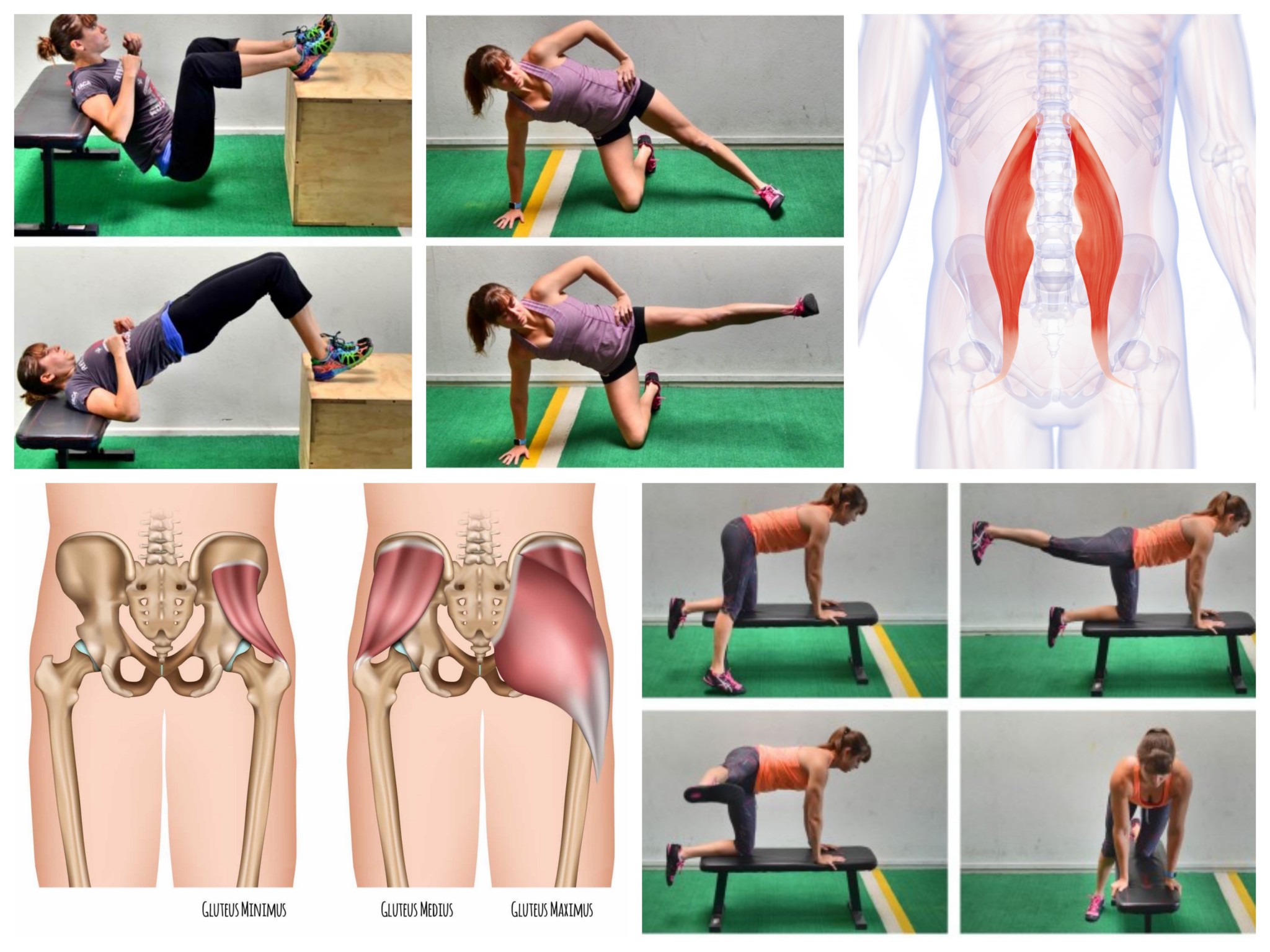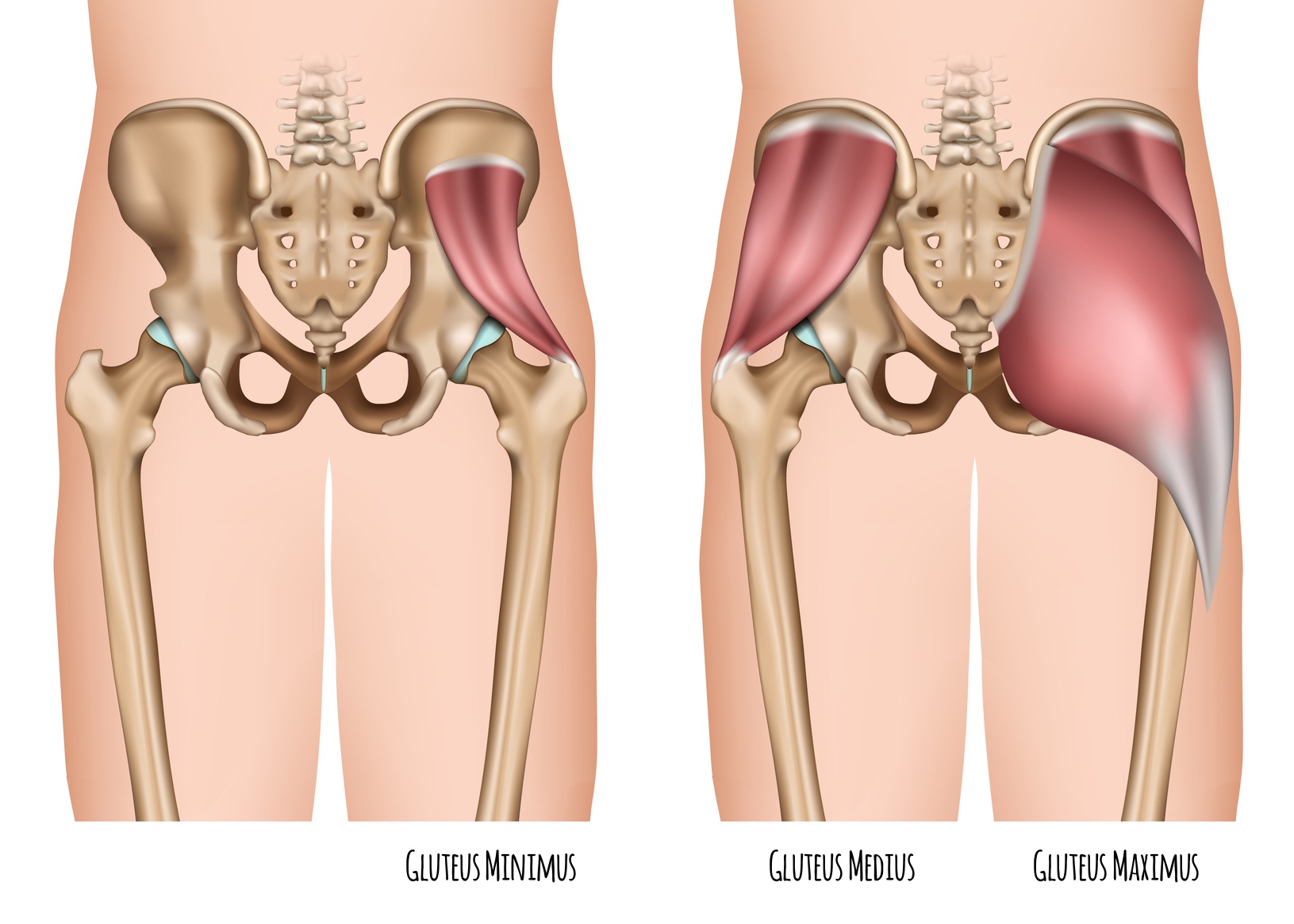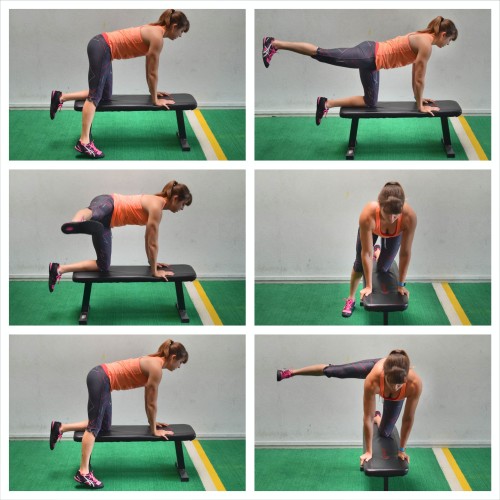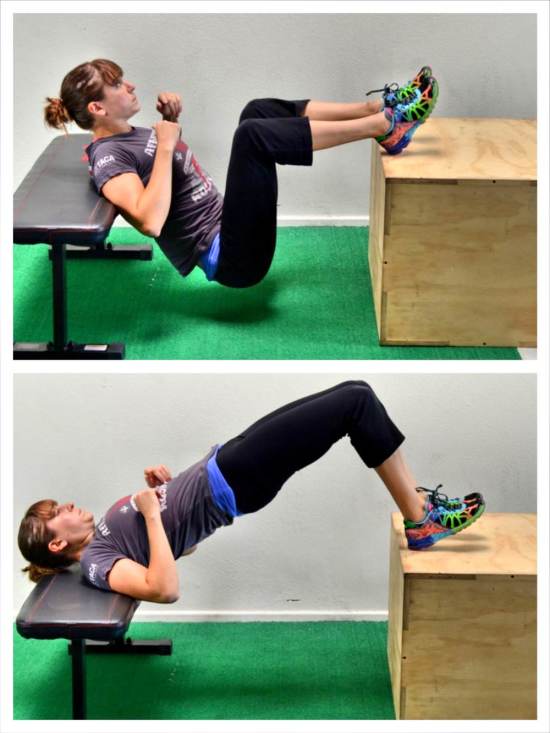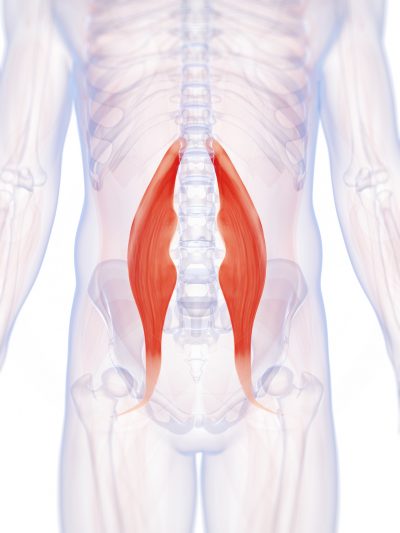
The Surprising Cause Of IT Band Issues, Back, Hip And Knee Pain!
The psoas has become the sexy hip flexor muscle to talk about and work on.
But what if I told you that all too often the TRUE culprit of our back, hip, IT BAND, knee pain and even ANKLE pain had to do with ANOTHER hip flexor muscle?!
What if I told you that you should actually be paying attention to your TFL or your Tensor Fasciae Latae.

The TFL can be a nasty little sucker, compensating for a week glute medius, perpetuating IT Band tightness and impacting everything down to our feet and ankles.
It contributes to internal hip rotation AND external tibial rotation.
Because of its far reaching impact it is a muscle we can’t ignore.
However, the hard part about addressing TFL tightness and overactivity is that many of the moves we need to do to CORRECT the issue, can often PERPETUATE IT!
For instance, to help prevent the TFL from continuing to compensate, we need to include glute medius strengthening.
But ever notice how you’ll do Monster Walks and feel the front side of your hip working?
Ever push through thinking “Oh yea! Feel that burn!?”
Or maybe you don’t even think about what is working. You’re doing the “right moves” so you just believe you SHOULD get results, right?
WRONG!
If you’re doing the right moves but still allowing muscles to compensate, not only are you NOT correcting the problem, but you may be making it worse.
So when you feel that front outside of your hip working during those mini band walks? Guess what is not working as it should and what is also COMPENSATING for that underactive muscle!?
Well your glute medius is not getting the benefit of the exercise it should be getting and instead you’re perpetuating the overuse of your TFL!
So all of that rehab? It isn’t going to pay off.
While you need to strengthen your glute medius, you need to realize that all too often our TFL can compensate for a weak glute medius.
Because this muscle then becomes even further overworked and even shortened, it can lead to lower back hip and knee pain, not to mention even IT Band issues and foot and ankle problems!
Yup! Through our IT Band the TFL can create movement compensations down our entire leg!
And when we then see changes to our ANKLE mobility guess what happens? Those changes only further perpetuate those compensations back UP our kinetic chain.
It’s why you can’t just IGNORE aches and pains. The longer you ignore them and keep pushing through, the more you then just allow compensations and imbalances to build up so there is more to have to sort through later.
If you don’t address TFL issues, you’ll end up having to address issues from your feet up!
So how can we prevent our TFL from leading to all of these aches and pains when it wants to work during the exercises we NEED to be doing to correct it?
Here are three tips to help you quiet down that TFL and get your glutes activated! And to then implement these tips, check out the quick series I’ve included at the end of this post!
As you go through implementing these tips, be CONSCIOUS of what you feel working. Don’t just rush through the moves! Be intentional with your prehab moves!
3 Tips To Strengthen Your Glutes And Prevent Your TFL From Compensating!
#1: Treat the TFL like a toddler. Keep it distracted so you can get work done!
Basically, you want to adjust movements to help make it EASIER to establish that mind-body connection.
One way to do that is to “keep the TFL busy” by internally rotate your foot during lateral raise, or abduction, movements.
Because the TFL performs hip internal rotation, you can almost “distract” it with that movement AS you use the glute medius to perform the lateral raise.
So if during lateral raises you notice you often feel the front of your hip, turn your toe down toward the ground.
You may even notice often that your toe is turned out toward the ceiling.
The TFL contributes to tibial external rotation.
So internally rotate your foot is the OPPOSITE action, which can help “shut off” the TFL. Not to mention when you internally rotate your tibia, you often then even internally rotate our hip by extension.
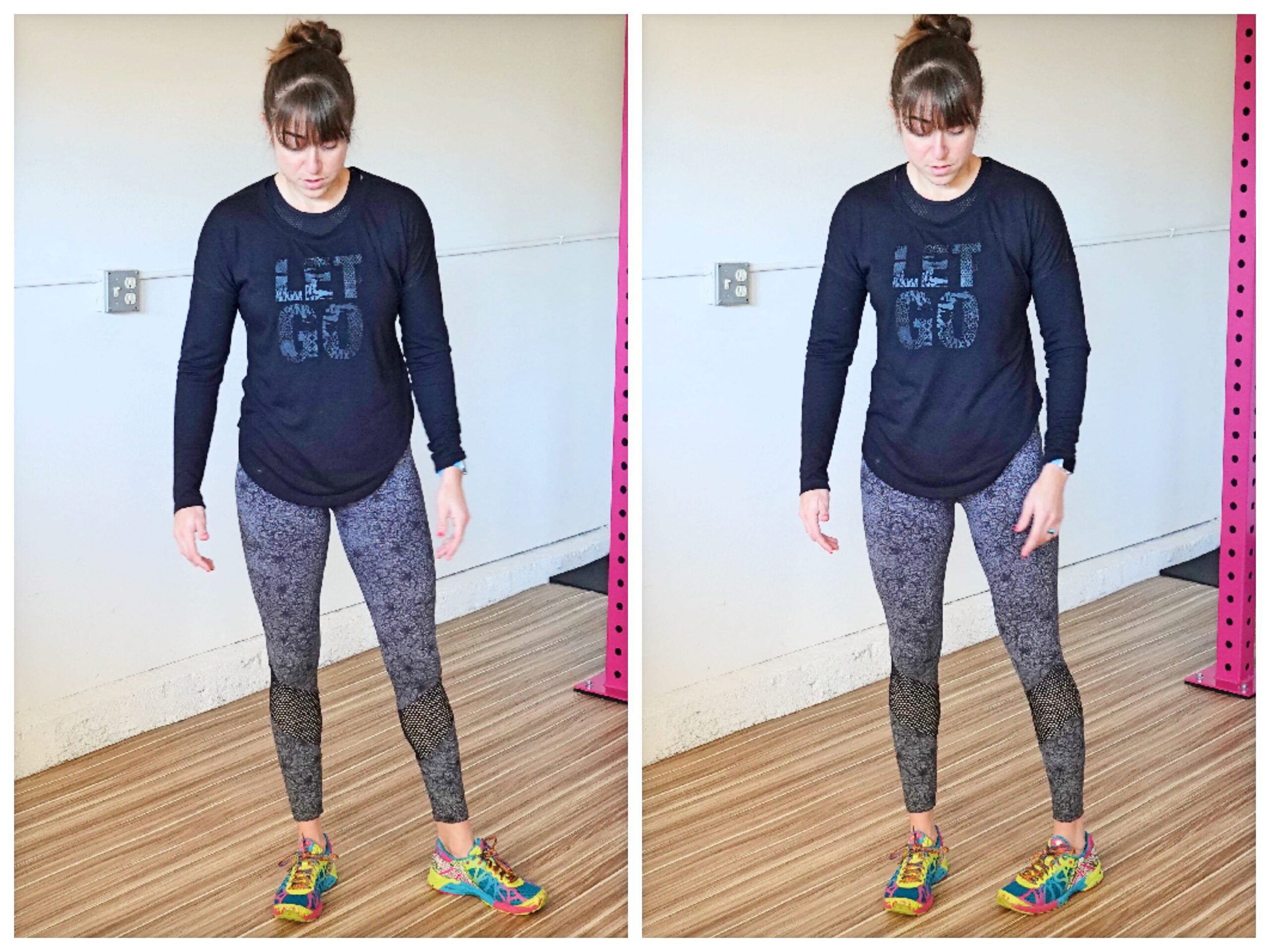
Maintaining this internal rotation, you can then perform your lateral raise movement.
If you still are struggling to feel your glute medius, you can even kick slightly back as you raise up OR put your hip into extension, driving back into a slider or wall AS you perform that lateral raise movement.
This hip extension and slight kick back will engage your glute max, which will also hinder the TFL from taking over and allow you to potentially better activate your glute medius. This works because the TFL is a hip flexor so by putting your hip into extension, you can inhibit it from working!
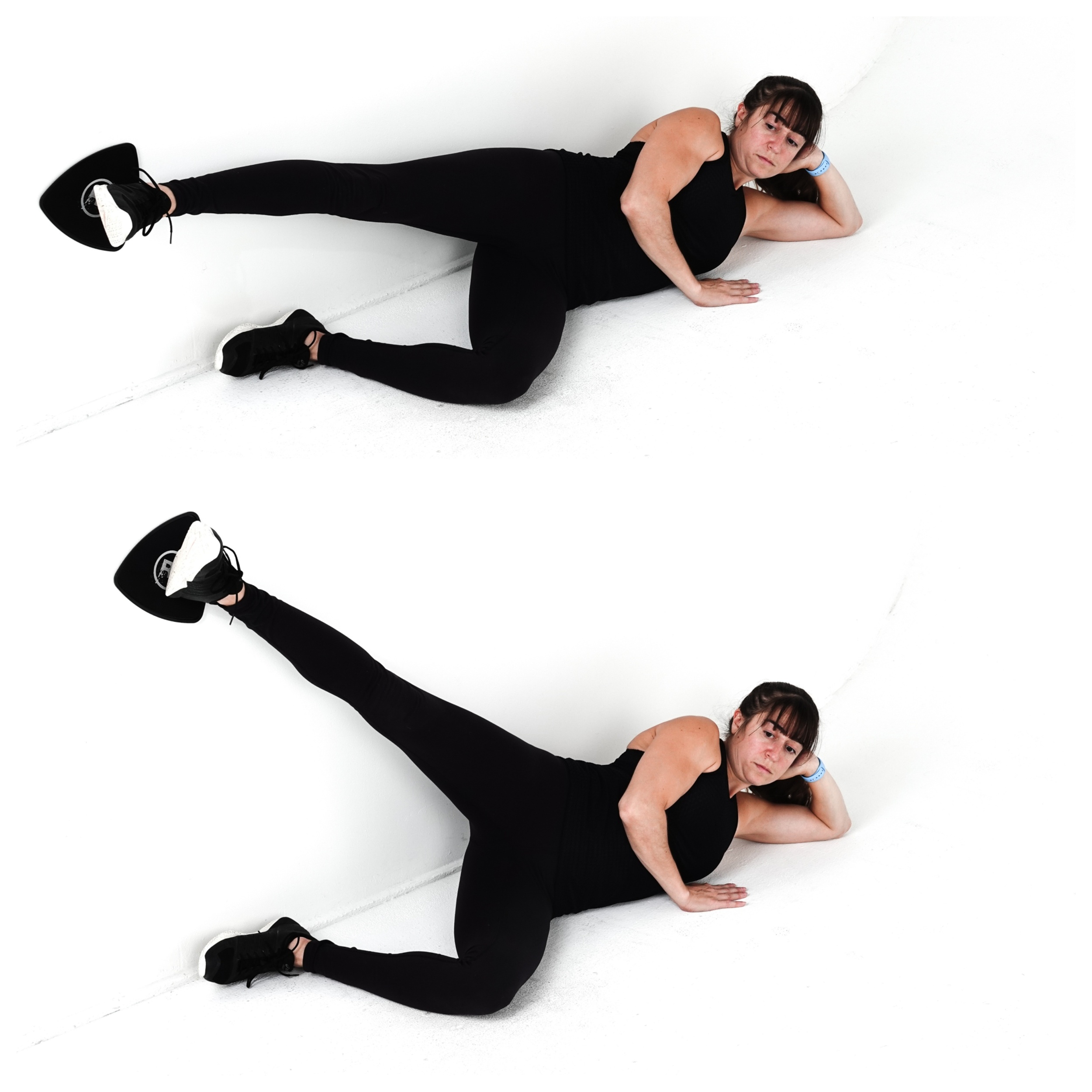
#2: Change the hip flexion during those abduction moves.
When you’re first starting to “rehab” an issue, you need to use the moves you feel the most and build off of those.
Basically you want to take the path of least resistance to establish that mind-body connection.
If you feel a move working those glutes, use that first THEN even dive into other moves because you’ve already established that mind-body connection.
To find that move that helps you establish that mind-body connection, you may need to adjust the exact POSTURE you use during basic abduction moves.
By adjusting the amount of hip flexion or extension you perform the move in, you can find a way to maximize your glute medius engagement and minimize your TFL compensation.
It isn’t a clear cut and dry rule of what posture is best so you may want to play around to see what matches your personal recruitment patterns.
For some more flexion may “distract” the TFL because it is a hip flexor.
However, for some, more hip flexion may perpetuate it being overactive during those abduction moves.
In this case, putting the hip into more extension may be key to inhibit the muscle.
While you of course want the glute medius to be strong in both a slightly more hip-flexed or hip-extended state, you do want to start with the move you feel working correctly to make sure you establish that mind-body connection.
The fact that hip flexion can play a role in how much you’re able to engage the TFL is why that oh so “basic” clam exercise can so often backfire too!
The clam is a traditional glute activation movement. But this seemingly simple move is so often butchered. First off, you may find you need to use that internal rotation of the tibia I mentioned in the first tip to help.
Secondly, you may adjust how much you pull your knees forward or straighten your legs out.
The key is being conscious of what you feel working to then ADJUST your exact amount of hip flexion.
A great way to play around with different amount of hip flexion during even a bilateral abduction move is even seated on a bench.

You can lean back, sit up tall or even lean forward to different degrees to not only strengthen your glute medius in a variety of postures BUT also find the exact position that works best for you.
We have to remember to focus on what we feel working so we can work around our own biomechanics.
#3: Foam roll and stretch BEFORE you activate.
If you struggle to activate a muscle, you may find that foam rolling and stretching the muscle prior to doing activation moves is oh so key!
While people debate the benefit of both techniques, with one of the main arguments against them being that the benefits are short-lived, that doesn’t mean you can’t use these “short-lived” benefits to your advantage.
By rolling your TFL and then stretching to improve your hip mobility, you can inhibit this overactive muscle, even if just temporarily.
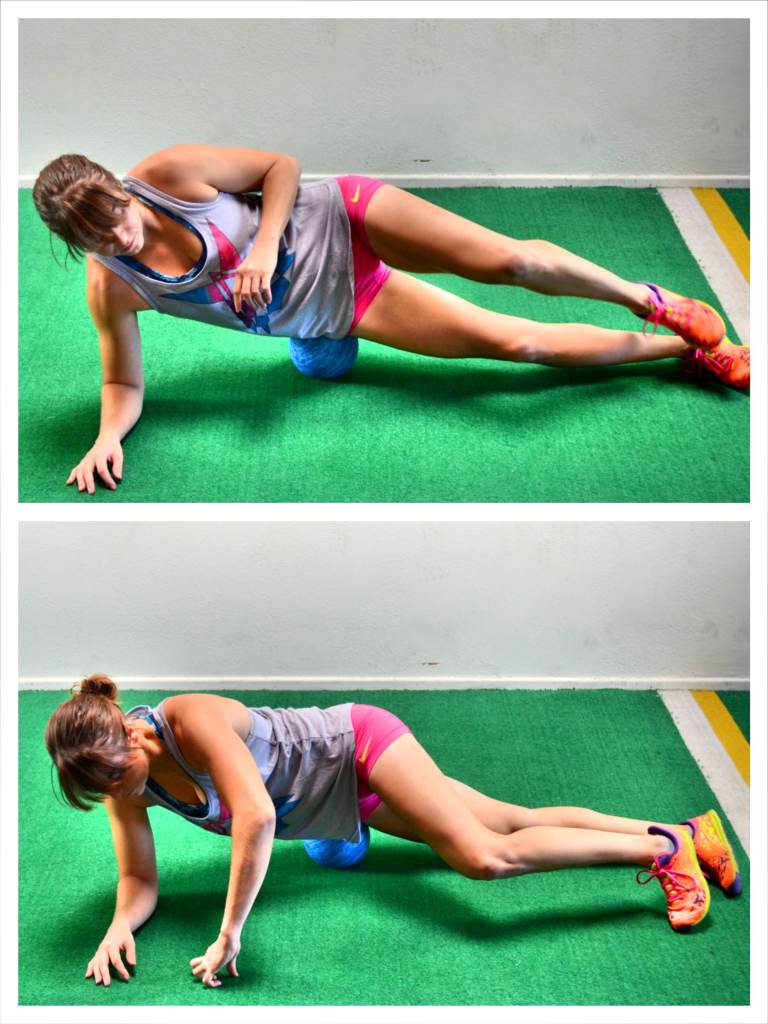
If you interrupt that mind-body connection between your TFL and brain, and restore muscles to their proper length-tension relationships, you can then help yourself better establish the mind-body connection to the muscle you DO want to work – your glute medius!
So if you find your TFL is being a pesky little sucker and compensating for your glute medius no matter what posture or tweaks you do, try relaxing and inhibiting it IMMEDIATELY PRIOR to doing the glute activation moves.
Interrupt that communication so you can establish a new connection to those glutes!
A lacrosse ball is a great way to relax that TFL and even a simple half kneeling hip stretch with reach can improve your hip extension.
BONUS: If you have an imbalance do imbalanced prehab!
The one other key thing to note is if you have an imbalance, you need to do imbalanced rehab.
So if one side is constantly tight, you need to address that one side specifically.
You also want to assess if it is glute weakness on that SAME side or if there is even weakness on the OTHER side perpetuating the issues and leading to the TFL becomign overworked!
Of course seeing someone to asses you is key but KNOWLEDGE IS POWER. So now you can be aware of what you’re doing in your workouts and therefore why you are, or aren’t, seeing the results you want to seek out the help you need.
Using these tweaks you can help yourself strengthen your glutes and prevent your TFL from constantly compensating!
Now try implementing them in this amazing series below!
Quick Hip Mobility Series To Prevent IT Band Issues, Back, Hip And Knee Pain!
This Avoid IT Band Issues Series uses foam rolling and stretching to address your TFL tightness and overactivity. It even works to relax your peroneal (the outside of your lower leg) to make sure you’re working on any issues from the ground up.
It then uses two great abduction moves to activate your glute medius!
The Avoid IT Band Issues Series
Complete 1 round through the circuit below, spending a minute per move on each side.
CIRCUIT:
1 minute per side Peroneal Foam Rolling
1 minute per side TFL Foam Rolling
1 minute Standing TFL Stretch
1 minute per side Lying QL Stretch
1 minute Bridge Abductions
1 minute per side Lying Side Raises
Need more amazing series to improve your hip mobility and prevent lower back, hip and knee pain?
Join my 28-Day Booty Burner program!


